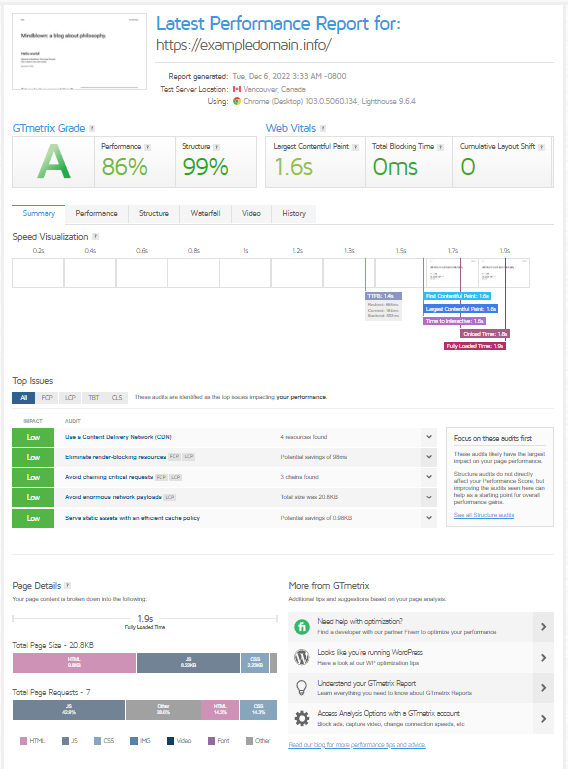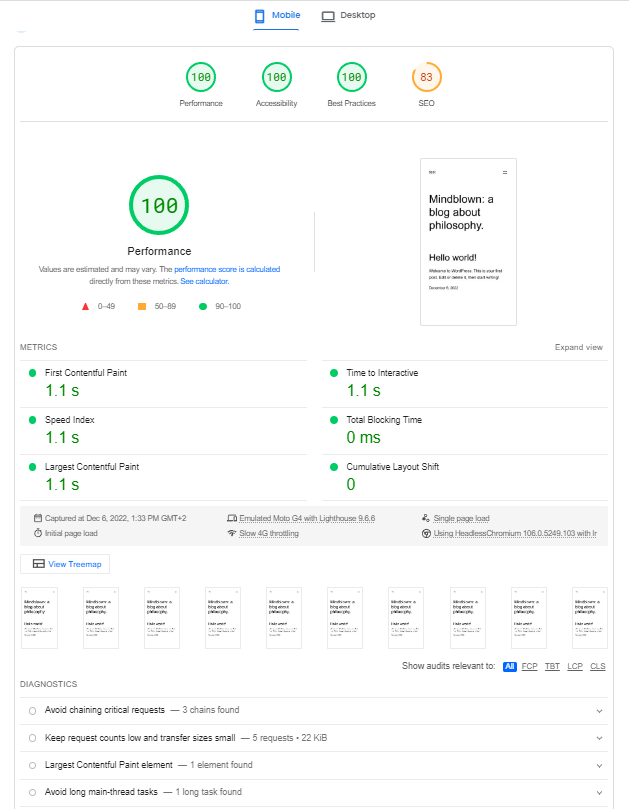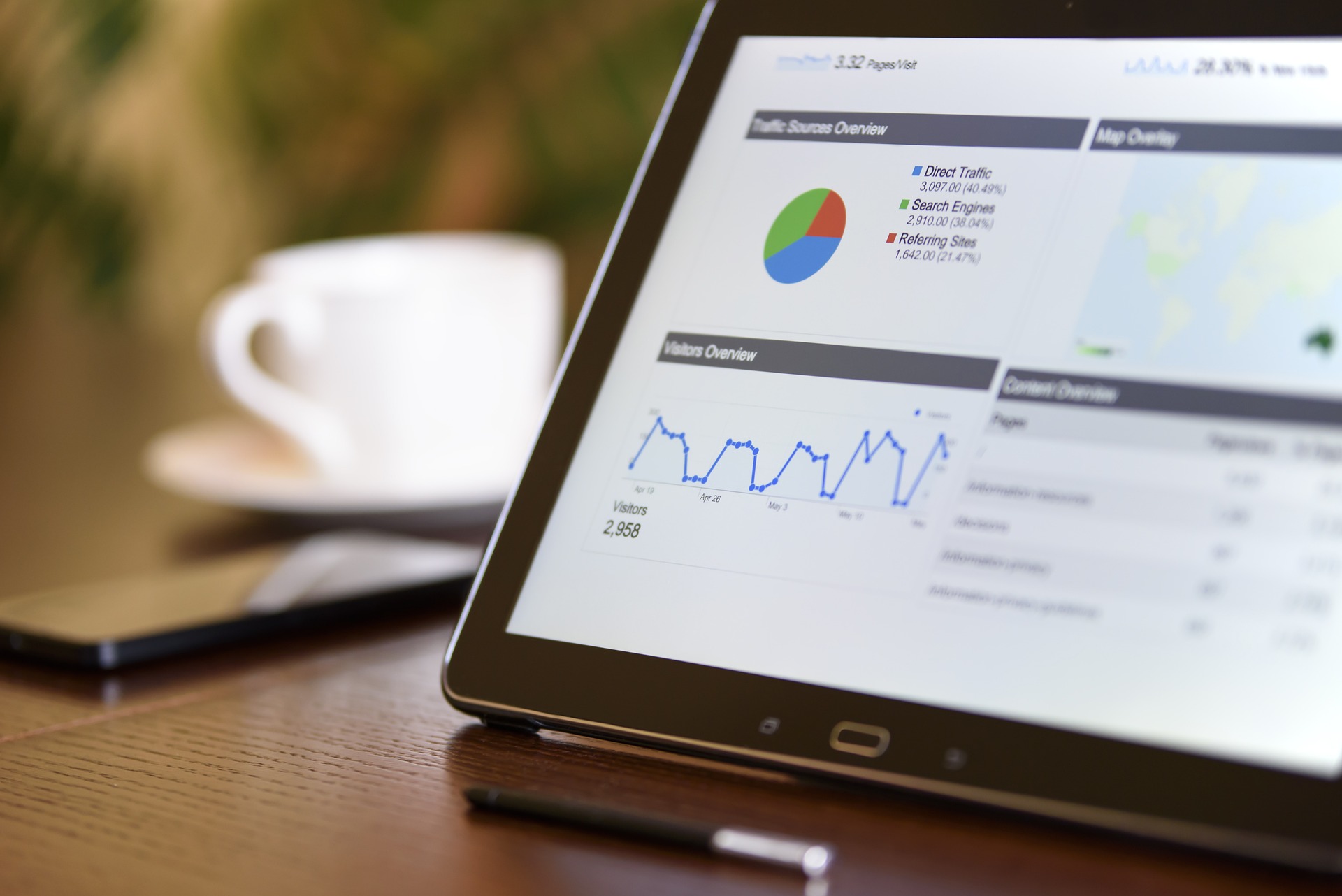Your website gets a lot of traffic. Your sales, however, are pretty low, and you notice that most of the people that end up on the site simply go away. Is this normal, or is there anything you can do about it? In this article, we will look at how important the so-called bounce rate is, why it may be high and different options you have to improve it.
So, what exactly is a bounce rate?
“Bounce” is a single-page visit/session, when the visitor lands on the page and then leaves it without taking any other action. “Bounce rate” is the number of all such one-page sessions, divided by the number of all people that visit the site. If you use any analytics software to keep track of the traffic to your website, you can usually see the bounce rate.
Analytics platforms will give you one more term as well - “exit”, or “exit rate”. In contrast to bounces, “exit” happens when visitors leave the site by navigating to another site or closing their browser after they have browsed at least a couple of pages and/or they have taken some action on the site.

It is important to know the difference, because many people use the two terms interchangeably. Landing on a page and leaving a comment on it, for example, counts as an interaction, so once the visitor leaves the page, this will count as an exit, not as a bounce. Sooner or later, people will leave your site, so you cannot lower the number of exits, but you can work on converting the traffic into more sales. Doing the latter isn’t the scope of this article, but boosting your sales starts with lowering your bounce rate.
Is having a high bounce rate bad?
There are a few cases in which it is nice and expected to have a high bounce rate. It really depends on the nature of your website. While there are things you can do to improve the bounce rate of your site, there are certain situations when having a high bounce rate is perfectly fine. Here are a few examples:

- Self-sufficient content. If the pages on your website provide all the information people need, they will probably leave without browsing other pages. One such example is a website with recipes – people may stay for a while on a particular page, but they will have no incentive to go to other pages.
- Landing pages. Some landing pages are often quite long. They contain a lot of content, including images and videos. They typically prompt visitors to fill a simple form, but some landing pages may not have such a form and may be purely informational. In such a case, it is normal if people visit them and then leave.
- One-page website. If all your content is on a single page, people will visit it and then leave. One-page websites are popular for small companies, event promotions, and some types of portfolio websites.
There may be other cases when having a high bounce rate may be fine. Nonetheless, you should make sure that you do everything you can to improve it. Find out more about the ways to do that below.
Why is it important to improve your bounce rate?
The answer is simple – every bounce is a lost opportunity. After all, the idea behind optimizing your website and bringing more traffic is not to see the sheer number of visitors rise, but to convert the visits to sales or signups.
If you can make people to stay longer on your website or even better – to order/sign up, it is more likely that they will return in the future. Alternatively, they can recommend your website to others. If they end up on your website and simply leave, they will almost definitely not come back or recommend you.
Tips to improve the bounce rate of your website
There are different ways to improve the bounce rate of your site. Some of them include editing your content; others involve changing the structure of your website. Either way, there are steps you can take to engage people and make them either to stay longer on a given page and interact with it, or to continue browsing your site. Of course, this is a non-exhaustive list, so there may be something else you can think of that will help you in your endeavor.
Double-check your content
Make sure it is really what people need. Does the content match the page title? Do the keywords you used in the text to drive traffic reflect what people were searching for? Use relevant content that will help people find what they need, not clickbait text. If you sell goods or services online, make sure that you provide the right information to answer basic questions people may have, but leave them the option to contact you or to browse to another page for further details. Providing too little or too much information may drive people away.
Speed up your website
Apart from the content, this is one thing you should definitely check. People are impatient, so if it takes too much time for your pages to load, they may not even wait for your home page to fully load, and will simply go to another website. There are different reasons for a website to load slowly – large images, slow server or remote content being loaded, are just a few examples. Possible solutions are to optimize your content, to use server-side caching, or to use a CDN. If you use a WordPress website, you can find out how to speed it up in our article "How To Speed Up WordPress and Get Top Results at Speed Tests".
You can use different tools to see if and why your site is slow – PageSpeed, GMetrix, YSlow, etc. The screenshots below are from GMetrix (left) and Google PageSpeed Insights (right).


Show your credibility

People may have doubts whether they can trust your website. This is why, you should convince them that you can be a reliable partner. Using an SSL certificate is a must, as a “Not secure” warning will definitely discourage people from browsing the site. Add an SSL trust seal. If you have any other recognitions, make sure that you add them as well. Badges from review websites such as Trustpilot or Yelp, a BBB accreditation, or a recognition by local/national media is something that will surely make a difference. Any product reward or honorary mention by an industry organization can help you make people stay longer as well.
Check if your site is mobile-friendly
Most of the traffic these days comes from mobile devices. If your website does not look good on them, it is likely that the people visit it on their phone/tablet will just leave it as they don’t see what they expect. If you use any analytics software such as Google Analytics or Matomo, you should check how much traffic you get from mobile devices and how many of these visits result in bounces. You should make sure your site looks good on any device. Find out more about that in our article:
Add a pop-up
Do it the right way, though. Large, intrusive pop-ups can be annoying. You can add a small pop-up with a CTA button for people to sign up, or with some offer, for example. Many people will close a website that hides the content behind a pop-up from the very beginning, and things look worse on mobile devices due to the smaller screen size, so you can display it after they have stayed on the page for a bit and have not taken any action.
Update your content often
Depending on your website, people may expect new content, and if they visit and see that nothing has changed, they will probably leave right away. If this happens a few times, they may stop returning to your site. New quality content is an important factor that can increase your traffic, improve the search engine ranking and lower the bounce rate of your site.
Optimize your links
Go through the links on your home page. Any page visitors land on should have links leading to internal pages within your site. Do not add external links unless it is really necessary, as any such link will make the visitor leave your site right away. If you use external links, make sure they open in a new tab to prevent visitors from exiting your site. Some bounces on your site may be due to external links that load in the same tab.
Improve your navigation

If it takes more than one or two clicks for people to go to the page they need, you can consider improving your navigation. People may be leaving your site simply because they don’t see an easy way to go to another page. Make sure that the most visited pages/sections are listed in your primary menu or are easily accessible in some other way – footer links, side menu, etc. Use a second-level menu if needed. People are more likely to browse your site if they can navigate it with ease.
Use visual elements
You can have the best content, but people may not even look at it if they see only a wall of text when they come across your site. Use images, infographics or videos, depending on the nature of your site. Visual elements help people to perceive information easier and faster, and can help you to grab their attention and make them stay on your site. Spending some time on appealing visual elements that display your information can improve your bounce rate significantly.

Target the right audience
If you have good content that generates a lot of traffic to your website, but people do not interact with the site, you should probably reconsider the audience you target. You may have links on websites that have nothing to do with the theme of your site, or if you may be paying for ads that appear in a different country, for example. If this is the case, it is only natural that people will click to check out your site and then leave, as they will see nothing there that can grab their attention. Adjust your marketing strategy to target people that will be interested in your content.
Add an incentive

People like doing things if they will receive some small reward in return. A free e-book, free tokens, or some other bonus may prompt them to stay longer on your site. Some sort of gamification will keep people engaged as well. Make sure you do not distract them from your content, though. Alternatively, offer some small item they will receive if they order. This could be a branded t-shirt, a pen, or some other product.
Build a good landing page
These pages are usually designed to grab people’s attention and to show them what you offer and how you can help them. Landing pages frequently describe the main qualities of a product/service, mention testimonials and include a Call-to-action button/form, urging people to sign up or order. Building such a page where people have their first contact with your site can help you to make them stay longer and eventually to sign up/order. Find out more about building a good landing page in our article.
Add a custom 404 page.

If visitors come across a link to your website that leads to a non-existing page, they will see a standard “404 Not found” page. What you can do in this case is to customize the page to show relevant information – contact details, links to a few popular pages, or something else that will prevent people from leaving right away. If you notice an increased number of such visits, you should find the broken link(s) and contact the site owner to fix them.
Do A/B testing
If you decide to make changes on the site in terms of navigation, content, pop-ups, or anything else, you should do some A/B testing to see which option is better. This is valid for marketing campaigns as well – you can easily see if the bounce rate on your site improves after you start using a new ad channel, for example. This way, you can see which change works better.
Ask friends to have a look
If you have tried all of the above things, you can ask a few friends/colleagues to have a look at your website. They can give you an insight of what will keep them on the site and what may be wrong in terms of content or navigation that would make them leave. They will surely see things differently, as you may be missing some flaws that need to be addressed.
Wrap up
Website owners often focus their efforts on offering better user experience to their existing customers, but they often neglect keeping first-timers. You should always keep an eye on the bounce rate of your site and if you notice that it is high, you should take actions to improve it. Of course, if you have a one-page website or your content doesn’t involve any interaction from the site visitors by design, you don’t have to worry about the bounce rate that much as it will not show you the real picture. If this isn’t the case, though, you should take steps to convince people to stay longer on your site.
Improve your content, add new one, double-check your links or add appealing visual elements – these are just a few examples of the things you can do to engage your site visitors. Make sure that you test different options to see which one will make a difference, and if needed, ask your friends to have a look at the site and share with you why they would stay or leave. Bringing quality traffic to your website usually costs time and money, and your efforts should not go in vain. This is why, you should make sure that you do everything possible to reduce the bounce rate on the site. This is the first step of converting the site visits to signups/sales.








